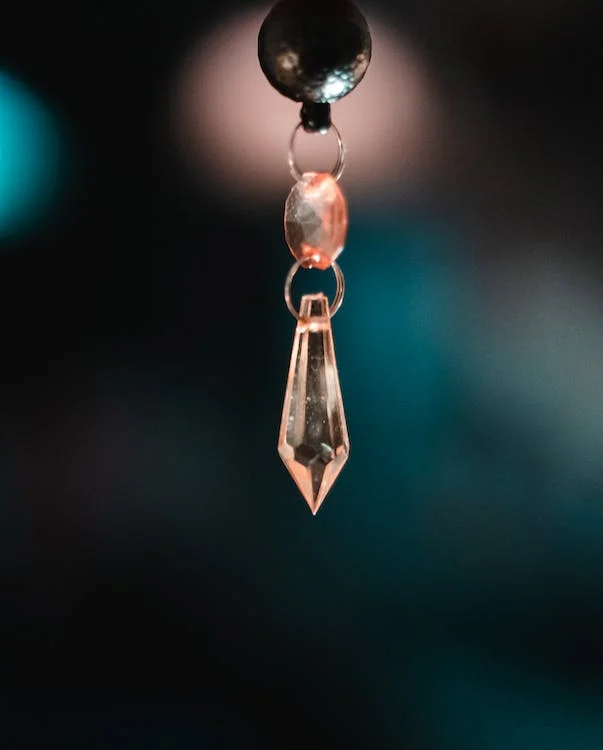When we think about crystals, the first objects that come to our minds are the shiny pieces of jewelry like diamond rings, emeralds earrings, and ruby necklaces. However, those shiny and translucent stones aren’t the only crystals on Earth, as there are also other types of crystals that are not as shiny and are often opaque. These types of crystals are determined by how they are formed and how the atoms react to one another to create the crystals. To know more about the difference between these types, let us take a look at the brief descriptions and features of the different types of crystals found on Earth.
Types of Crystals by Properties
The typical way of differentiating the types of crystals is by grouping them based on the properties they consist of and how they would form the crystals. Here are the four main types of crystals by properties.
Covalent Crystals
As its name suggests, covalent crystals are created with covalent bonds, wherein the atoms would have an extremely strong bond with one another because they would share electrons to stay close to each other. Because of the strong bonds of the atoms, the covalent crystals that they form are usually hard to break, hence the reason why one of the most popular covalent crystals, diamond, is considered the hardest material on Earth. In addition, covalent crystals also have high melting points.
Ionic Crystals
Ionic crystals are formed by ionic bonds, which have properties that are similar to what is found in covalent crystals. Firstly, ionic crystals are also hard like covalent crystals, although they break easier. Secondly, ionic crystals also have high melting points, but not as high as covalent crystals. However, the ways atoms bond to form ionic crystals are different, as they are held together by electrostatic forces and through the attraction of ions. The most popular ionic crystal is table salt, a product found in almost all households since it is used for cooking.
Metallic Crystals
Although metallic crystals don’t have the same appearance as the crystals that we are all familiar with, they are still considered as crystals because they have the same bonding mechanics as ionic and covalent crystals, but their bonding does have a slightly different process. The atoms of metallic crystals would stick together through metallic bonds, which would leave the outer electrons of the atoms free to move around the lattice or the structure of the crystal. Metallic crystals are much denser than covalent crystals, hence the reason why they are opaque and not transparent or translucent. However, the bond between each atom is still not as strong as covalent crystals despite their density. The most common metallic crystals include gold, aluminum, iron, and copper.
Molecular Crystals
Considered to be the weakest crystals, molecular crystals are formed by a weaker bond called hydrogen bonds, which allows the atoms or molecules in the crystals to break easily and have a low boiling point. In addition, molecular crystals would often be softer than any other types of crystals, and they are sometimes so soft that a person could break apart a molecular crystal using his or her hands. Common molecular crystals are dry ice and rock candy (the crystalline form of sucrose or table sugar).
Types of Crystals by Lattices or Structures
Lattice is the structure or the shape of the crystal, and different crystals would often have different shapes depending on their strength, durability, and melting points. Here are the seven types of crystals by lattices.
Cubic
Also known as isometric crystals, cubic crystals have atoms that would form cubes as their structure. However, isometric crystals are not only limited to have cubes as their structure, as their lattices can also be octahedrons or dodecahedrons.
Tetragonal
Tetragonal crystals have a similar structure to cubic crystals, but one axis of the formation would have a longer length than the others. Because of the longer axis, tetragonal crystals would often form pyramids and prisms as the structure of the object.
Orthorhombic
Orthorhombic crystals would have rhombic prisms, which look like cubes that are leaning towards the right, although the crystals would sometimes form dipyramids, which are pyramids that stuck together from their wider ends.
Hexagonal
As its name already implies, a hexagonal crystal would have hexagonal prisms as its structure. The structure that it forms would have six sides, thus forming a hexagon with the atoms.
Trigonal
Trigonal crystals have a three-fold axis of rotation, which is fewer than hexagonal crystals that have a six-fold axis.
Triclinic
Triclinic crystals would usually have asymmetrical structures, meaning that it is quite difficult to determine the shape of the structure that the atoms create to form the crystal.
Monoclinic
Monoclinic crystals have similar structures as tetragonal crystals, although it has a more symmetrical shape that is formed through multiple prisms and double pyramids.
Those are just two ways you can classify crystals based on their structure and properties, although the most commonly used method to indicate the type of crystal is by determining its properties, which is much more visible than the structures that the atoms form.
